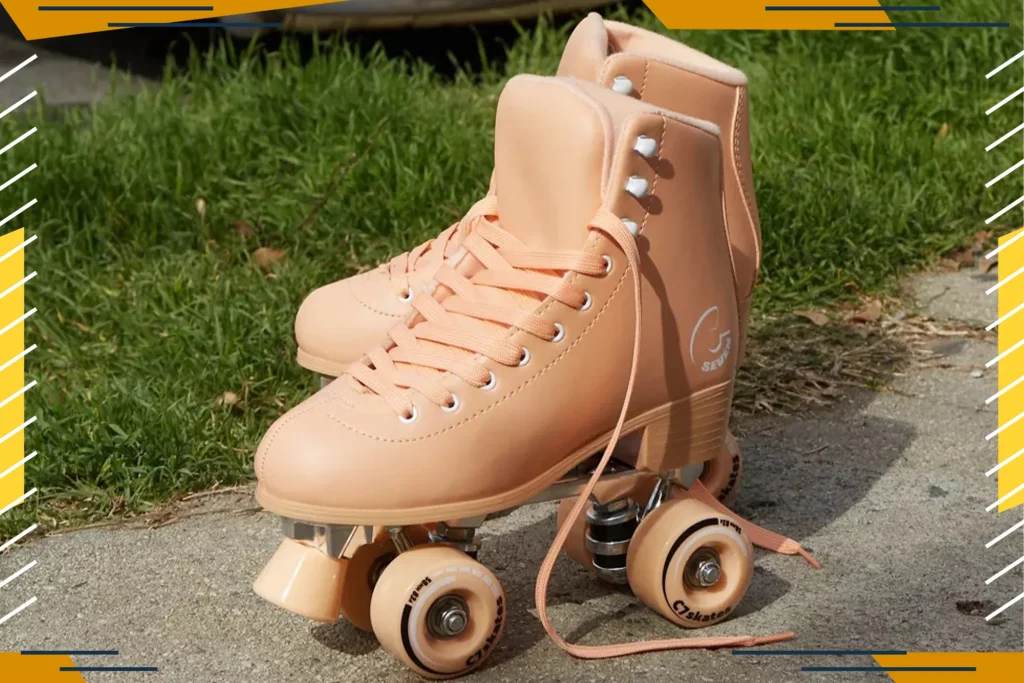Protecting your home is not just about locking the doors and windows; it is about safeguarding your haven against the unpredictability of life. Home insurance is the shield that ensures your peace of mind, guarding against unexpected disasters and unforeseen events that could otherwise lead to financial ruin. Picture this: a serene evening, you are enjoying quality time with your loved ones, when suddenly, a thunderstorm rages outside. As the rain pelts against your windows and lightning flashes in the distance, you cannot help but feel grateful for the protection your home insurance provides. Home insurance comes in various forms, but the two primary types are dwelling coverage and personal property coverage. Dwelling coverage, often considered the backbone of home insurance, safeguards your home’s physical structure. This means that if a fire engulfs your home or a tornado tears through your neighborhood, your dwelling coverage will help repair or rebuild your house.

Personal property coverage, on the other hand, protects the items within your home. Imagine returning from a vacation to find your home burglarized, with cherished belongings stolen. In such a distressing situation, personal property coverage can be a lifesaver. It helps replace or repair your possessions, from electronics to jewelry, ensuring that the memories and comforts within your home are not lost forever. While dwelling and personal property coverage are the foundation of home insurance, many policies offer additional protections and riders. Liability coverage, for instance, shields you from legal and medical expenses in case someone is injured on your property. This is crucial because accidents can happen anytime, and you want to be prepared. Moreover, if your home becomes uninhabitable due to a covered peril, additional living expenses coverage can pay for temporary accommodations while your home is being repaired. One of the remarkable aspects of home insurance is its adaptability.
If you live in an area prone to floods, earthquakes, or hurricanes, you can purchase separate coverage for these events State of home insurance in BC. It is like adding extra layers of armor to your shield, ensuring that even the most uncommon disasters would not catch you off guard. Beyond the practical benefits, home insurance offers something equally valuable: peace of mind. Knowing that your home and everything in it is protected provides a sense of security that money cannot buy. It allows you to focus on creating beautiful memories with your family rather than worrying about the what-ifs of life. In conclusion, home insurance is not just an expense; it is an investment in the safety and security of your home. It is the fortress that guards against the storms of life, both literal and figurative, ensuring that you and your loved ones always have a place to call home. So, as you lock your doors and windows tonight, remember that true protection comes from a well-crafted home insurance policy that is tailored to your needs.
